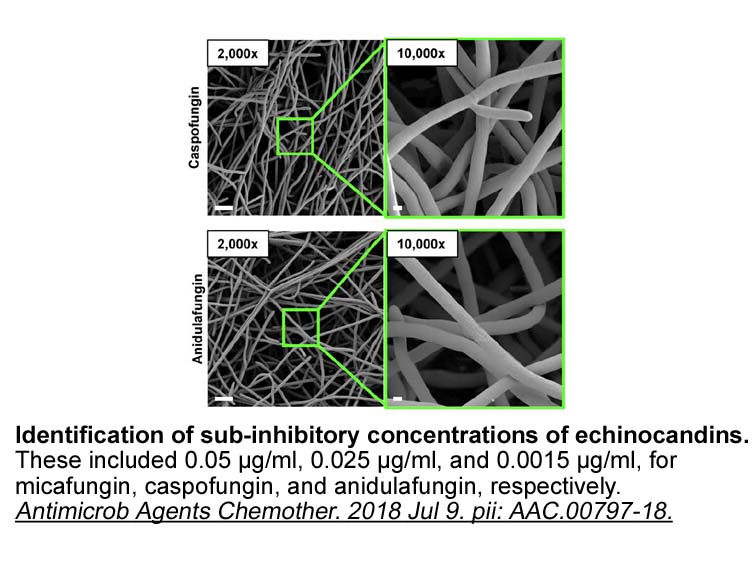Archives
Molecular docking quantitative structure activity relationsh
Molecular docking, quantitative structure–activity relationship (QSAR) and high-throughput virtual screening (HTVS) studies have a very widespread use in computer-assisted drug design.25, 26, 27, 28 Suvannang et al. used the published X-ray crystallographic data to examine known aromatase inhibitors in the docking process and found that the enzyme polar (ASP309, THR310, SER478, and MET374), aromatic (PHE134, PHE221, and TRP224), and non-polar (ALA306, ALA307, VAL370, LEU372, and LEU477) residues have played an important role in the interaction. Ferlin et al. determined that the synthesized pyrrolo [2,3-h] quinoline and pyrrolo [3,2-f] quinoline derivatives inhibited the aromatase CYP19 enzyme but did not inhibit the CYP11B1 and CYP17 enzymes against the letrozole standard. In the same study, the interactions of the compounds with enzymes were examined using a docking method to identify the AR 231453 that played an active role in the active region. There are also other studies involving the use of different QSAR-linked docking analyses to determine such interactions and activities.31, 32, 33, 34, 35, 36
In the present study, we prepared 21 novel non-steroidal 4-(aryl/heteroaryl)-2-(pyrimidin-2-yl)thiazole derivatives to inhibit the active site of the aromatase cytochrome P450. The aromatase inhibitory activities of the molecules were measured by a fluorescence-based assay using ketoconazole as the standard. Then, antiproliferative activities of the compounds on the human breast adenocarcinoma (MCF-7) and human embryonic kidney (HEK-293) cell lines were evaluated with an MTT assay. Further interactions between the active molecule and the active site of the enzyme were analyzed through docking experiments using the “crystal structure of human placental aromatase cytochrome P450 in complex with androstenedione” (3EQM ). In addition, absorption, distribution, metabolism, and excretion (ADME), drug-likeness, and molecular properties of the molecules were predicted by in silico techniques.
). In addition, absorption, distribution, metabolism, and excretion (ADME), drug-likeness, and molecular properties of the molecules were predicted by in silico techniques.
Results
Discussion
If the enzyme activity results taken together, excluding 8 and 15, compounds with electron-rich groups at 2nd position of Ar group are also more active as explained in modeling (Fig. 6). Compound 1 (0.00042 µM) has hydroxyl group at second position which is considered to bind Leu 477 residue. Similarly 2-methoxyphenyl (7) substition (1.18136 µM) may have effect on enzyme. Although the compounds 4, 5 and 6 contains the 2-hydroxy group, other substituents in the ring may have affected this positioning. 2-pyridine (13) (1.09268 µM) and 2-benzothiazole (21) (0.99974 µM) substitions may show its effect by nitrogen at second position. 2-chlorophenyl (10) (1.70322 µM) substition also effective against enzyme. Benzimidazole substition were found less effective possibly due to steric effect of methyl group. According to this positioning, 4-pyridile group of 15 may be interacted with Met374.
According to MTT results, expected property is to inhibit proliferation by saving the reproduction of HEK-293. Compounds 11 (%13), 13 (%26), 14 (%24), 15 (%23), 16 (%24) and 21% (40) inhibited the proliferation of MCF-7 breast cancer cells. Compounds 14 and 16 also inhibited the reproduction of HEK-293 cells undesirably. Besides, compounds 11, 13, 15 and 21 were selective for inhibition of MCF-7 cells. They did not show toxicity on HEK-293 cells. Remarkably, selective compounds 13, 15 and 21 also showed good activity in enzymatic assay.
According to compound 1 docking results, hydroxyl group at 2nd position of phenyl interacts with Leu477 at active site. Nitrogen in pyrimidine ring coordinated to Thr310 which is an interaction with haem group for featured efficiency on enzyme.
Conclusion
The biological activity of all the compounds was measured by two different tests. The IC50 value obtained from the enzyme inhibition assay of Compound 1 (0.42 nM) with the structure of 4-(2-Hydroxyphenyl)-2-(pyrimidine-2-yl)thiazole was higher than that of anastrozole (IC50 = 1.5 nM). In addition, cytotoxicity studies on the HEK and MCF-7 cell lines showed that Compound 1 had a promising activity as non-steroidal aromatase inhibitors. Thus, Compound 1 can be considered for further development as a potential and valuable non-steroidal aromatase inhibitor.